Microsoft's Hololens 2 has officially started shipping to customers
Microsoft will first fullfil preorders before ramping up production in time for Christmas
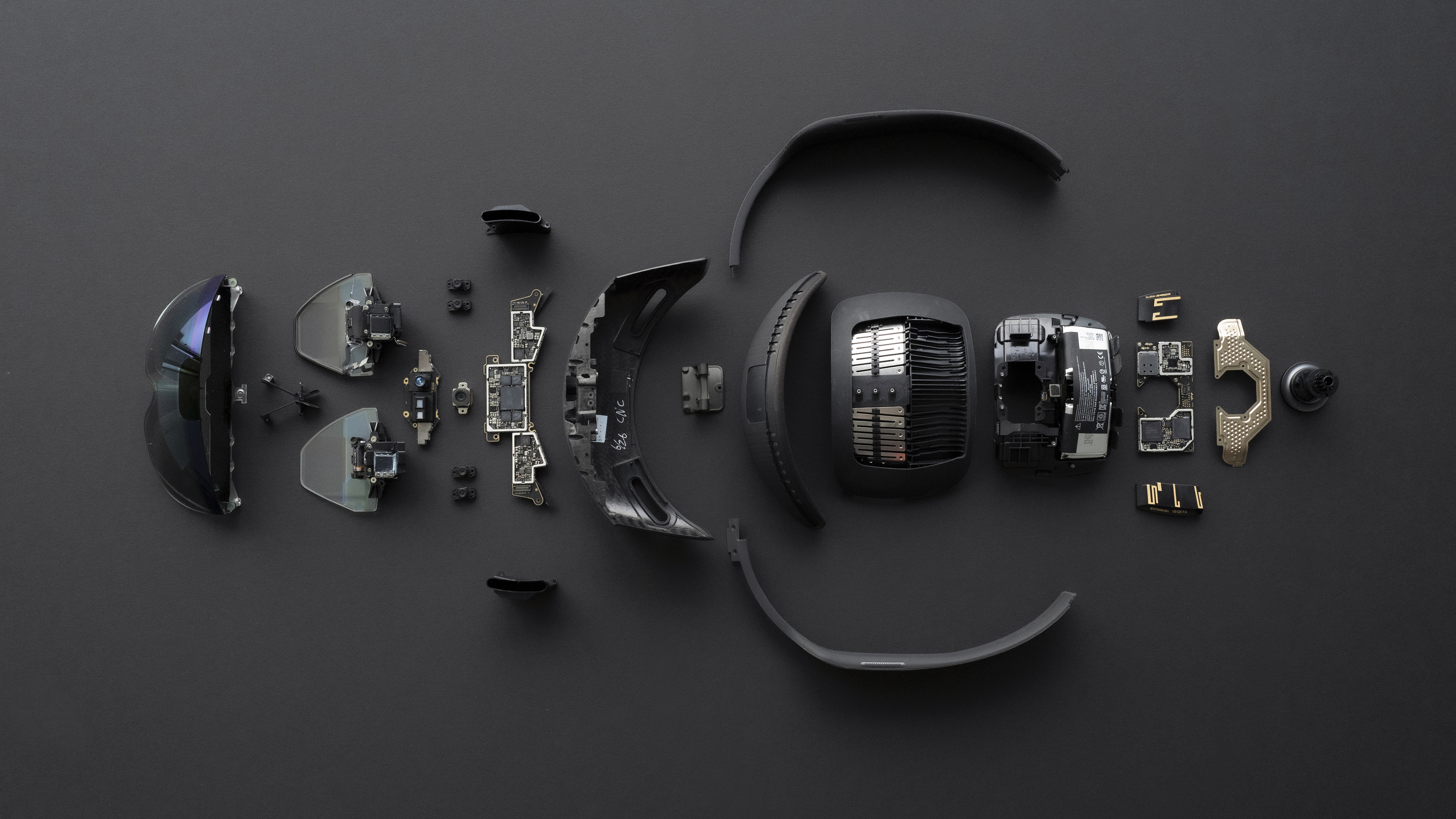
Microsoft has announced that it has started shipping its Hololens 2 mixed reality headset to customers, priced at $3,500 per device.
The latest generation headset, which was made available for preorder in February, addresses many of the design shortcomings found on the first generation and introduces the potential for far more sophisticated software powered by Microsoft Azure and AI.
Microsoft has confirmed to IT Pro that the first wave of devices will be reserved for those that preordered and that production has been ramped up to accommodate for new customers in time for the holiday season.
We recently had the opportunity to get hands-on with the Hololens 2, the full review of which you can read here.
Although it's marginally lighter than the first generation, perhaps one of the Hololens 2's biggest improvements is in its weight distribution, with the device now evenly balanced down the centre of the headband. Much of the compute resource is now placed at the back of the device, which makes it far more comfortable to wear as it no longer forces your neck forward or backwards.
Another major leap forward can be found in its field of vision, which was previously restricted to a few square inches. Microsoft went back to the drawing board to create a first of its kind screen that more than doubles the FoV without increasing the overall size of the device.
The Hololens 2 comes with a handful of software features out of the box. These including Microsoft's mixed reality apps, as well as Remote Assist and Guides from the Dynamics 365 family, although these will require active licences in order to use.
Get the ITPro daily newsletter
Sign up today and you will receive a free copy of our Future Focus 2025 report - the leading guidance on AI, cybersecurity and other IT challenges as per 700+ senior executives
Microsoft is also now positioning the Hololens 2 as an edge device, as it's capable of tapping into the company's Azure network to gain access to two new tools: spatial anchors and remote rendering. The first of these allows for the creation of collaborative experiences by having a shared anchor point, which is what powered the Minecraft demonstration shown off at Ignite this week.
Remote rendering, meanwhile, allows for the bulk of the rendering to be done in the cloud which is then streamed to the device. According to Greg Sullivan, director of Microsoft's Mixed Reality division, this technology means that a 100 million polygon CAD file can be rendered on the Hololens 2, something that would be impossible using just the device alone.
"This new framework, where the intelligent edge device becomes even more powerful when connected to these cloud services, is the model that we see as being the future of computing," explained Sullivan, speaking to IT Pro. "We also think that mixed reality at the edge is a key element of the future of computing as well. That's how human beings will interact with digital information... this will increasingly be in three-dimensional space."
"The underlying principle of play here is to take the digital world that we've constrained to two-dimensional pieces of glass rectangle for the last several decades, and freeing that digital world and bring it into our three-dimensional real world," added Sullivan. "When you do that, a whole bunch of new opportunities open up, especially in a device that is hands-free and heads up.
"A big part of what we're excited about here is that this is expanding the audience's that we can reach and helping us achieve our mission as a company to empower everyone... because you're not empowering everyone if you're only empowering some of the people."
Dale Walker is a contributor specializing in cybersecurity, data protection, and IT regulations. He was the former managing editor at ITPro, as well as its sibling sites CloudPro and ChannelPro. He spent a number of years reporting for ITPro from numerous domestic and international events, including IBM, Red Hat, Google, and has been a regular reporter for Microsoft's various yearly showcases, including Ignite.
-
 Asus ZenScreen Fold OLED MQ17QH review
Asus ZenScreen Fold OLED MQ17QH reviewReviews A stunning foldable 17.3in OLED display – but it's too expensive to be anything more than a thrilling tech demo
By Sasha Muller
-
 How the UK MoJ achieved secure networks for prisons and offices with Palo Alto Networks
How the UK MoJ achieved secure networks for prisons and offices with Palo Alto NetworksCase study Adopting zero trust is a necessity when your own users are trying to launch cyber attacks
By Rory Bathgate
-
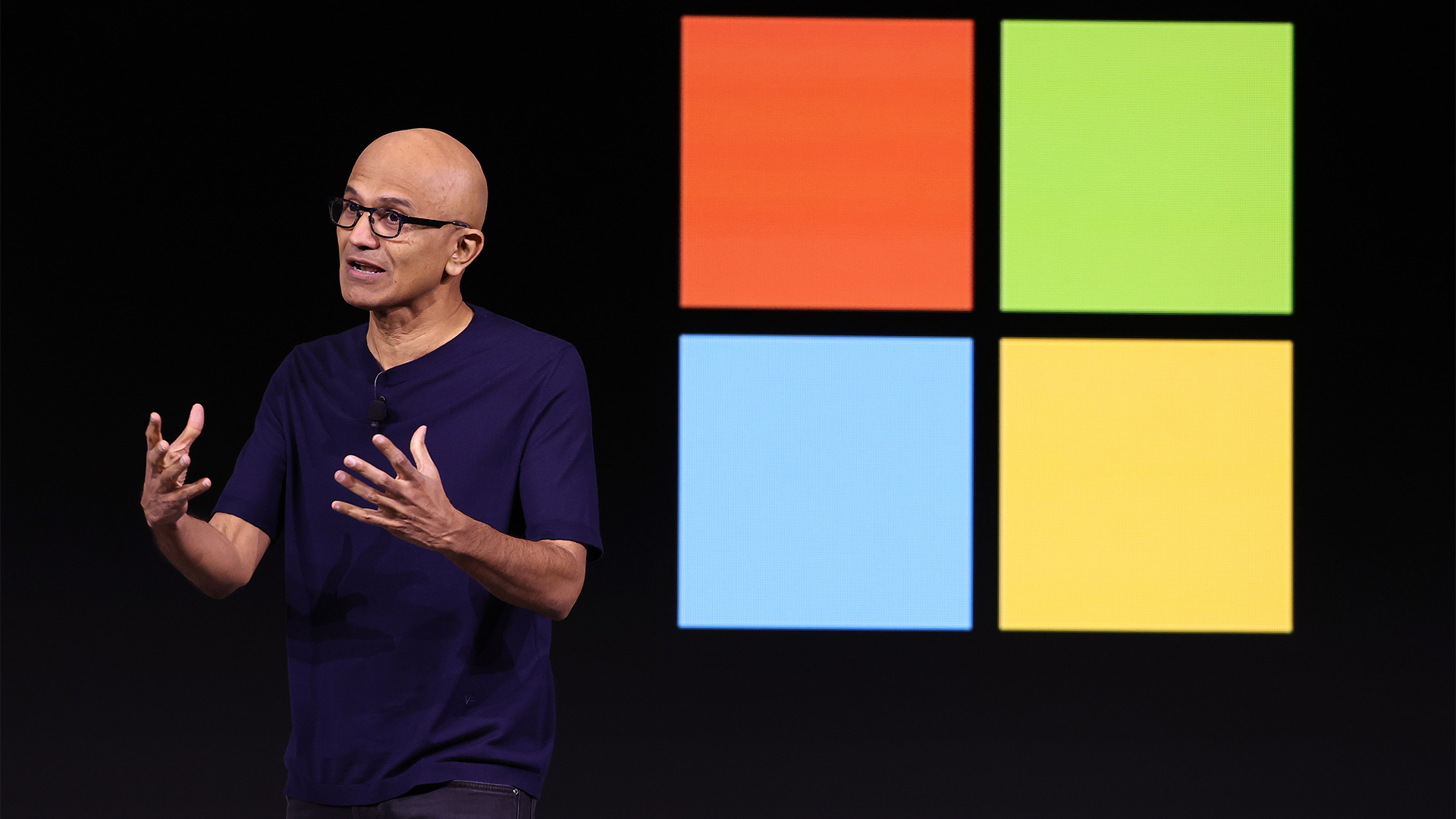 Microsoft sharpens agentic AI focus with new ‘CoreAI’ division
Microsoft sharpens agentic AI focus with new ‘CoreAI’ divisionThe new department will bring together teams from across engineering and AI
By George Fitzmaurice
-
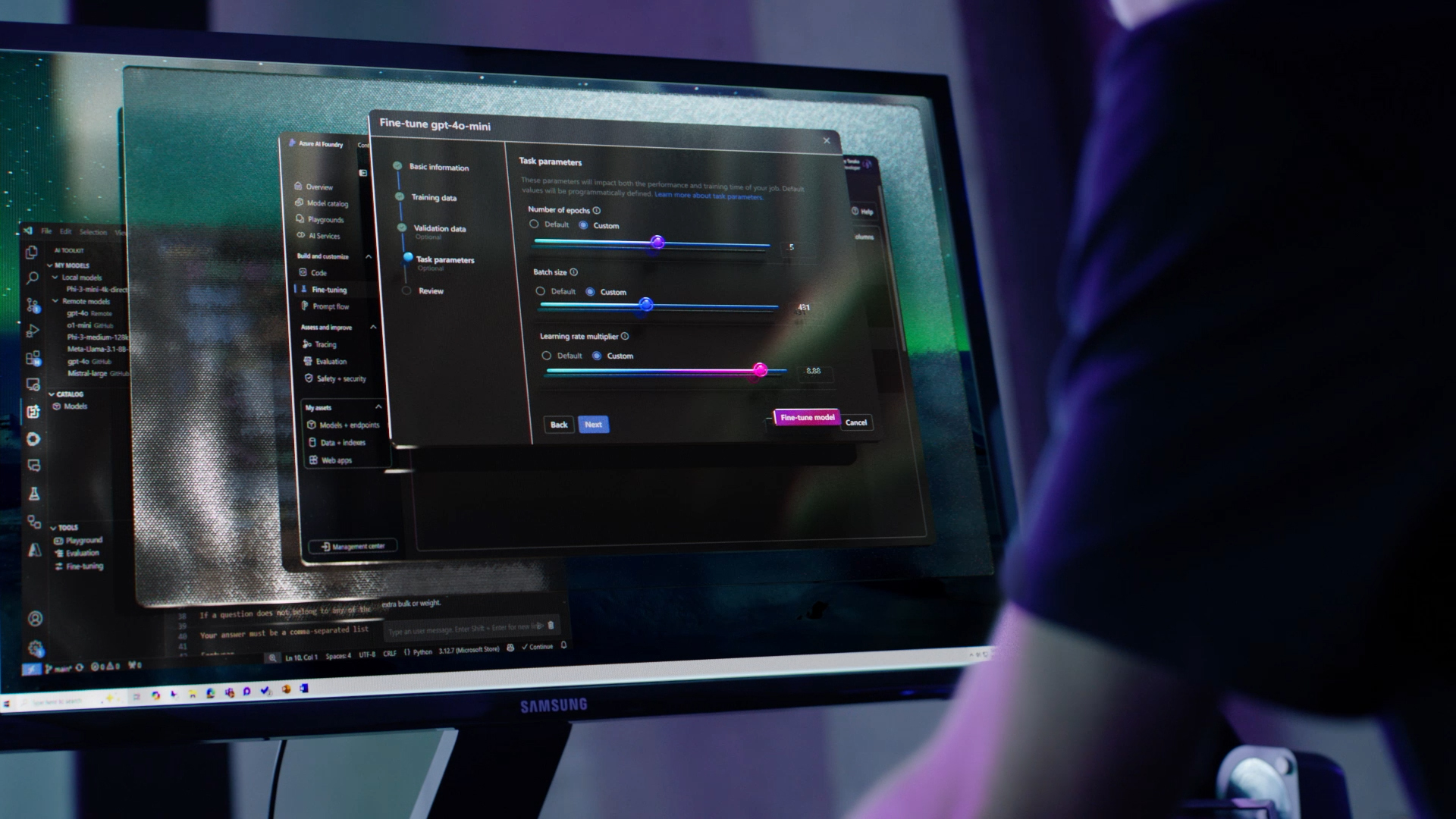 Microsoft unveils Azure AI Foundry to help businesses consolidate AI across their tech stack
Microsoft unveils Azure AI Foundry to help businesses consolidate AI across their tech stackNews The new AI application creation and management platform will integrate Azure AI Studio, and plug into popular IDEs such as Visual Studio to help developers and IT professionals drive AI adoption
By Solomon Klappholz
-
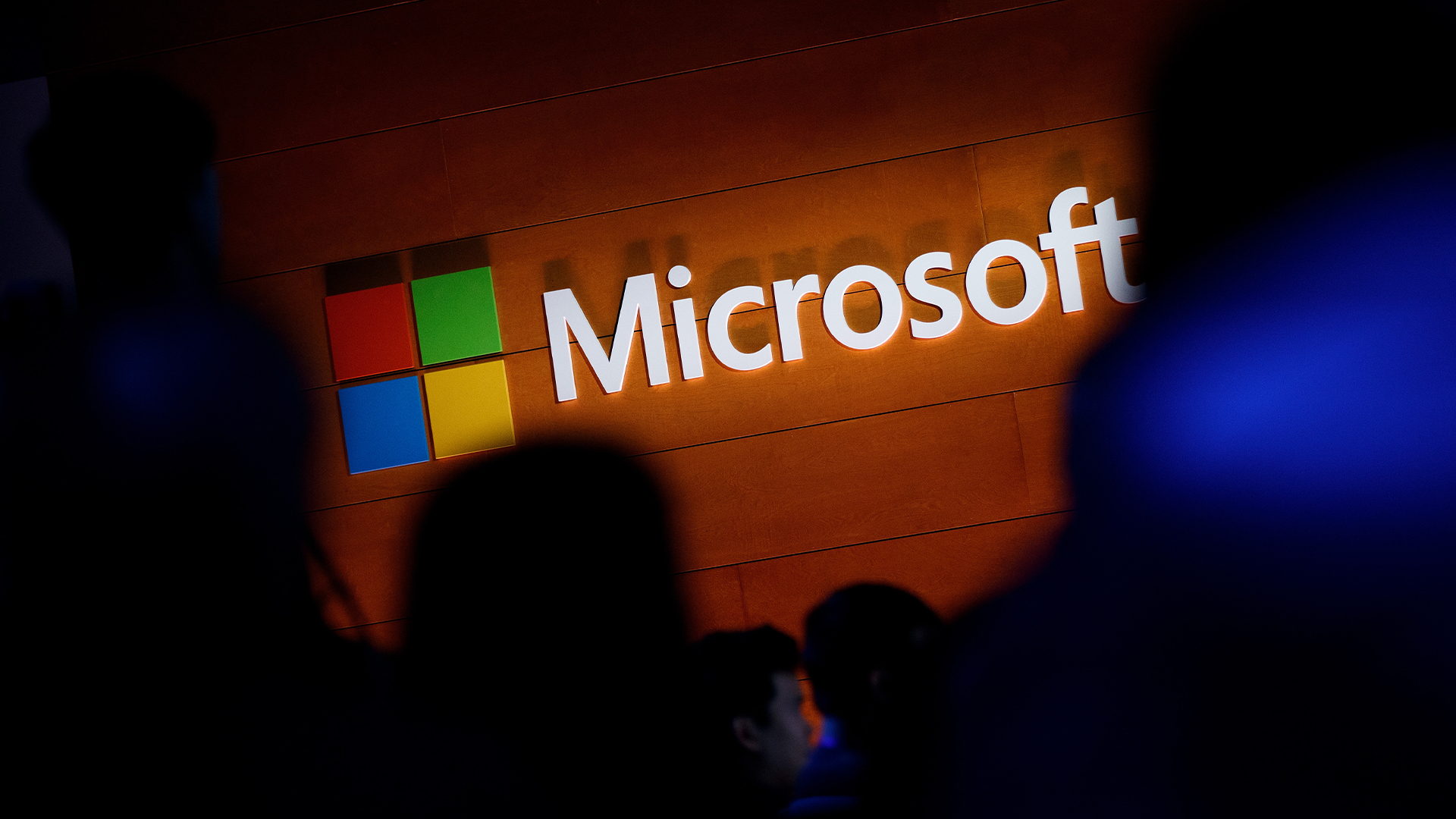 Hyperscaler AI spending is getting out of control — and Microsoft says it could take 15 years for it to make good on investments
Hyperscaler AI spending is getting out of control — and Microsoft says it could take 15 years for it to make good on investmentsNews Tech giants' results show billions being poured into AI infrastructure, but big leaps in revenue remain elusive
By Nicole Kobie
-
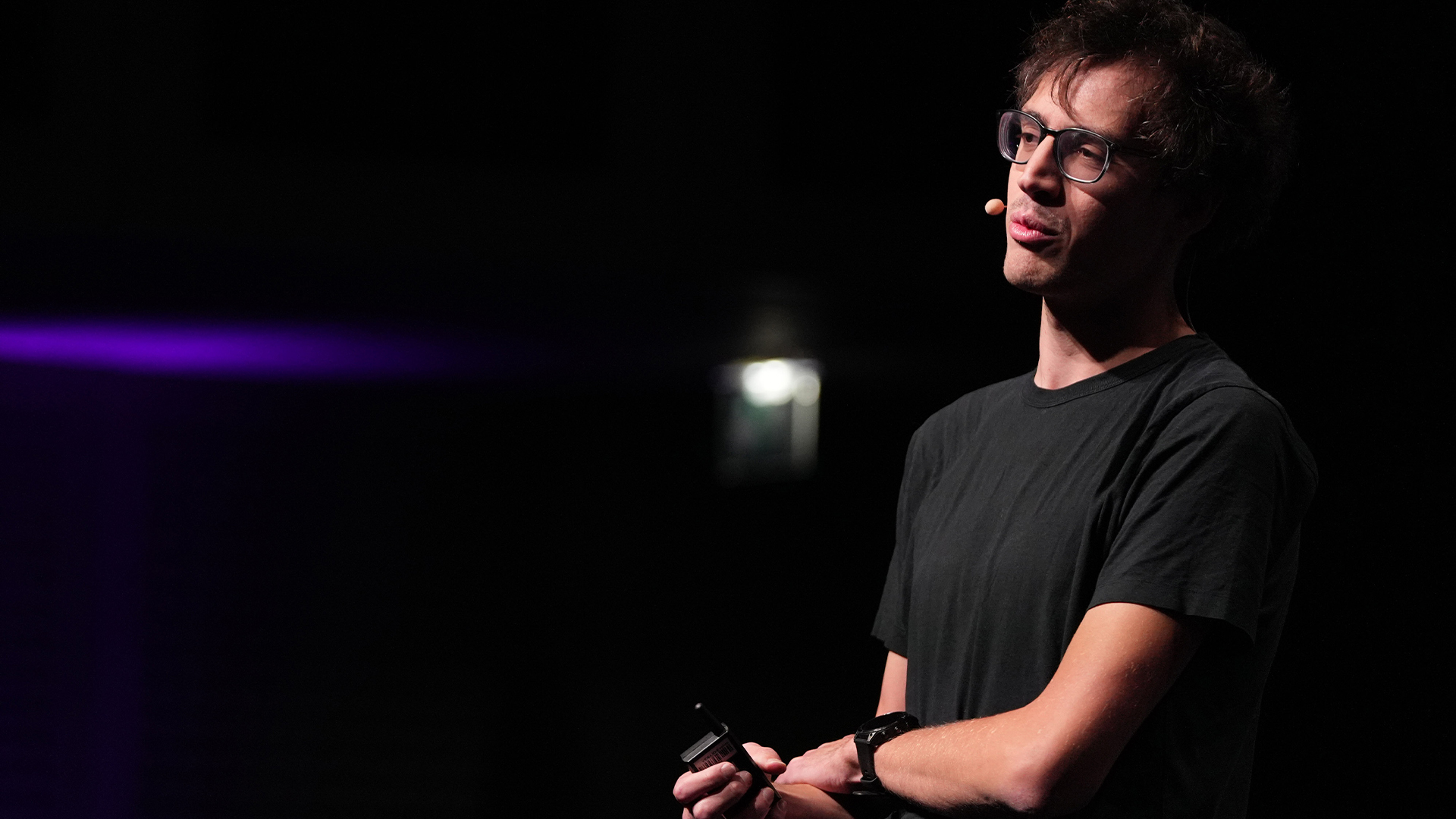 Microsoft’s Mistral AI partnership has EU regulators concerned - here’s why
Microsoft’s Mistral AI partnership has EU regulators concerned - here’s whyNews Microsoft has found its European champion in Mistral AI, but regulators worry the deal raises questions over the scope of control and influence the tech giant will have over the French startup
By George Fitzmaurice
-
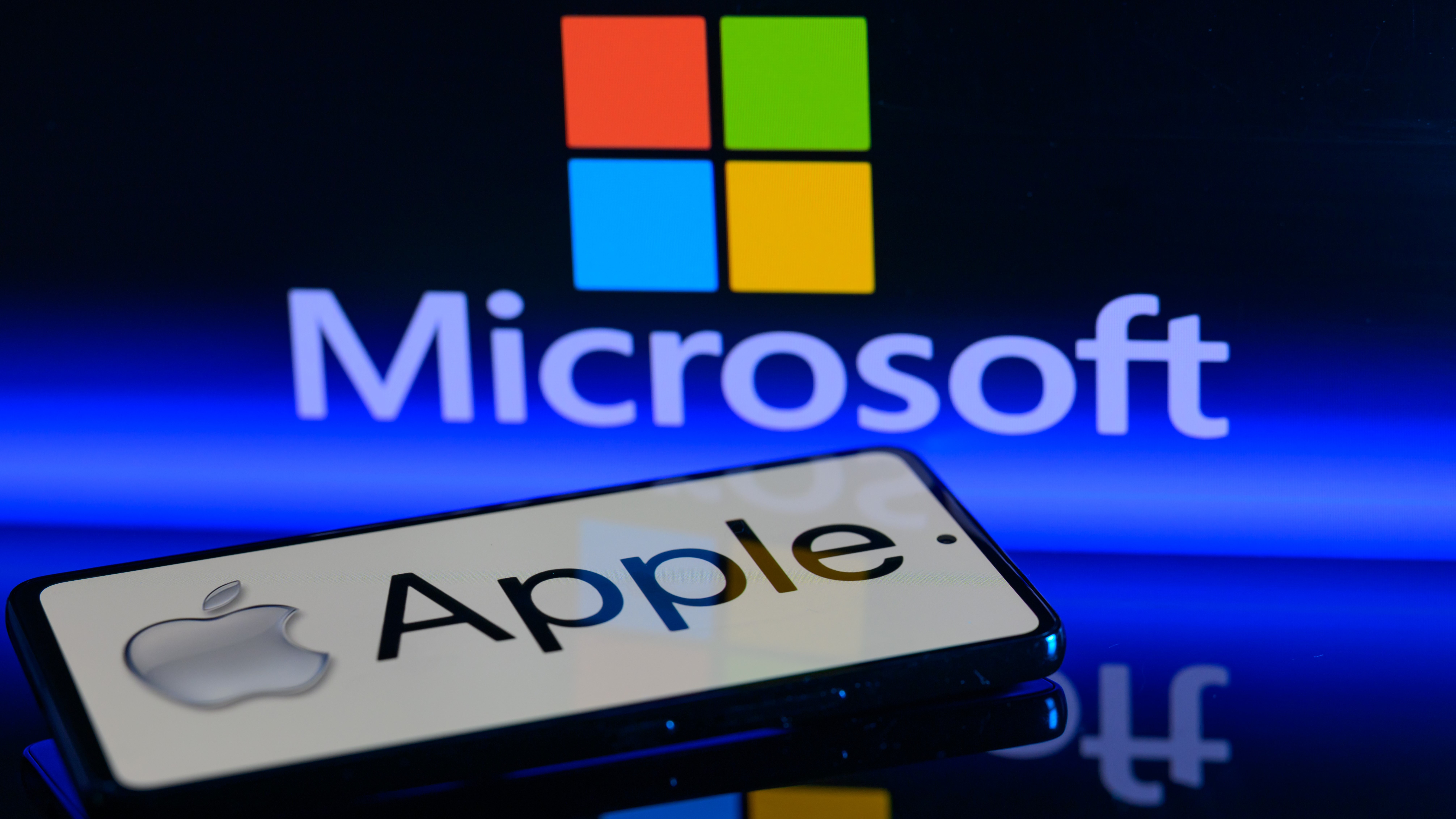 Generative AI has been the secret sauce for Microsoft as its market cap surpasses Apple
Generative AI has been the secret sauce for Microsoft as its market cap surpasses AppleAnalysis Microsoft has ramped up generative AI investment over the last year and its surging share price has been a reflection of its sharpened focus on the emerging technology
By George Fitzmaurice
-
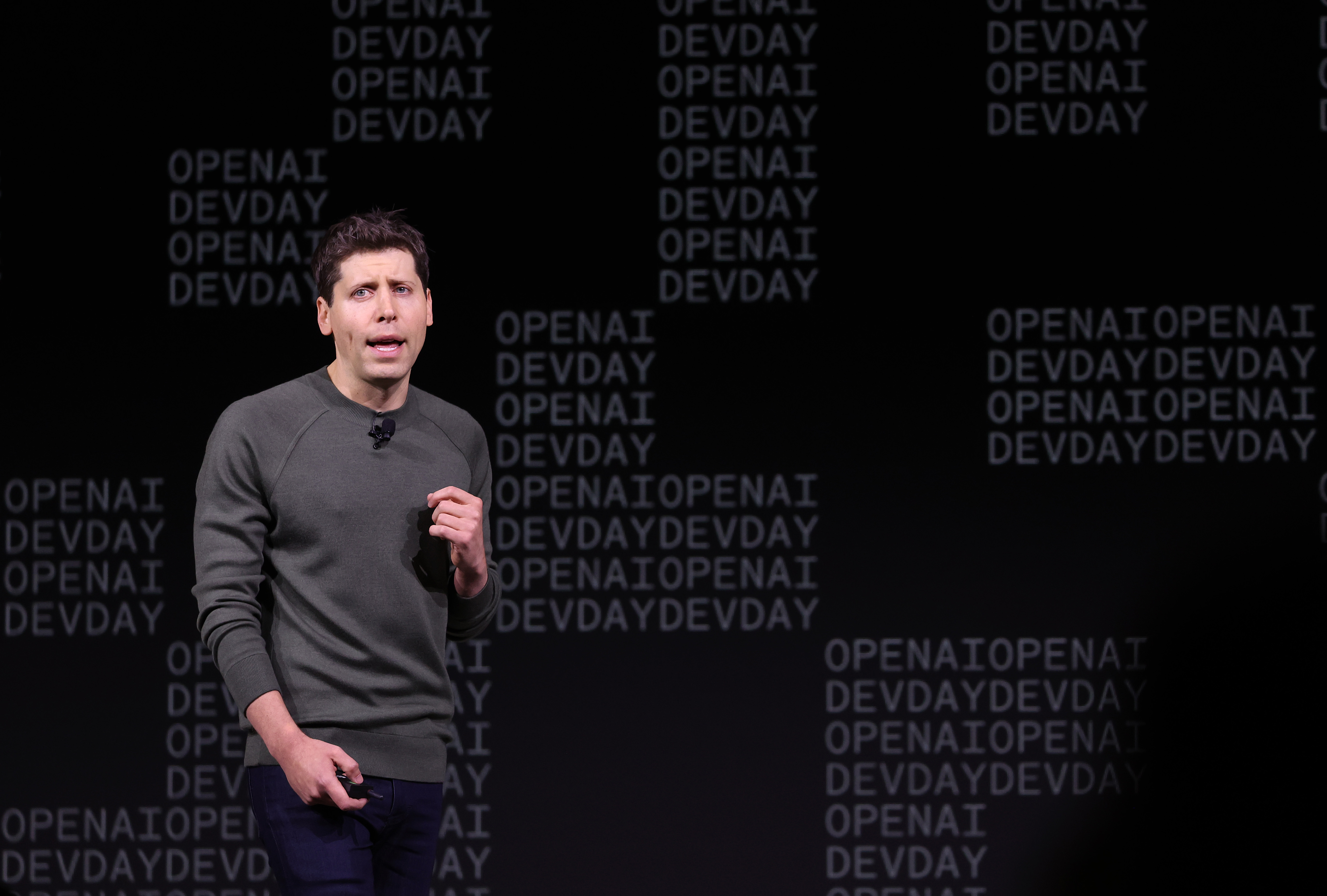 OpenAI could fast become a money pit for investors
OpenAI could fast become a money pit for investorsAnalysis OpenAI will soon have to compete on a more level footing with others in the space, after its year-long head start
By Rory Bathgate
-
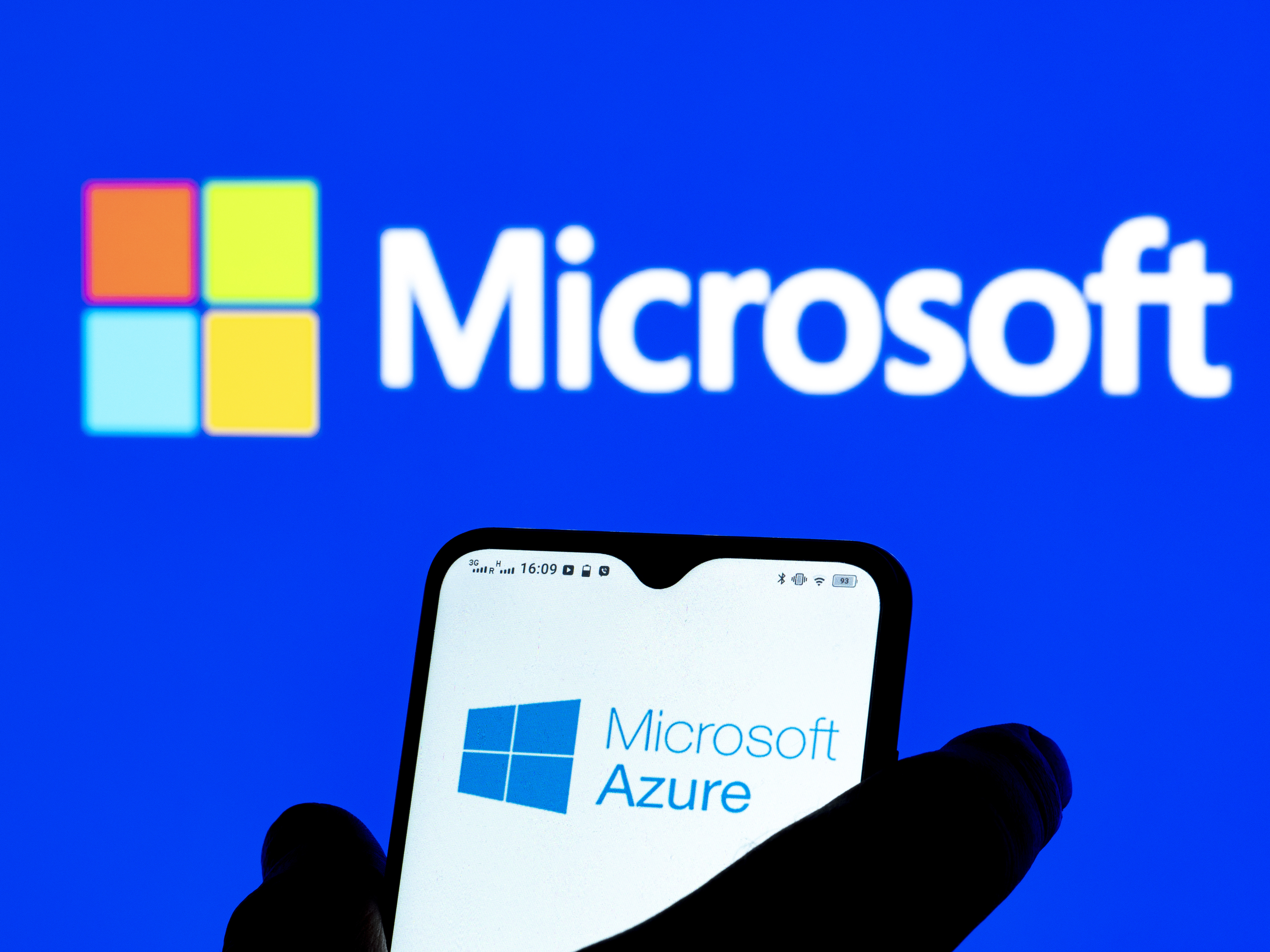 Microsoft’s latest AI move will see it open up Azure AI Infrastructure for startups training LLMs
Microsoft’s latest AI move will see it open up Azure AI Infrastructure for startups training LLMsAnalysis Opening up Azure AI Infrastructure will lower industry entry barriers for high-growth startups
By Ross Kelly
-
 Big tech quarterly earnings buoyed by generative AI interest
Big tech quarterly earnings buoyed by generative AI interestNews Surging interest in generative AI appears to be underpinning recent earnings results
By Solomon Klappholz